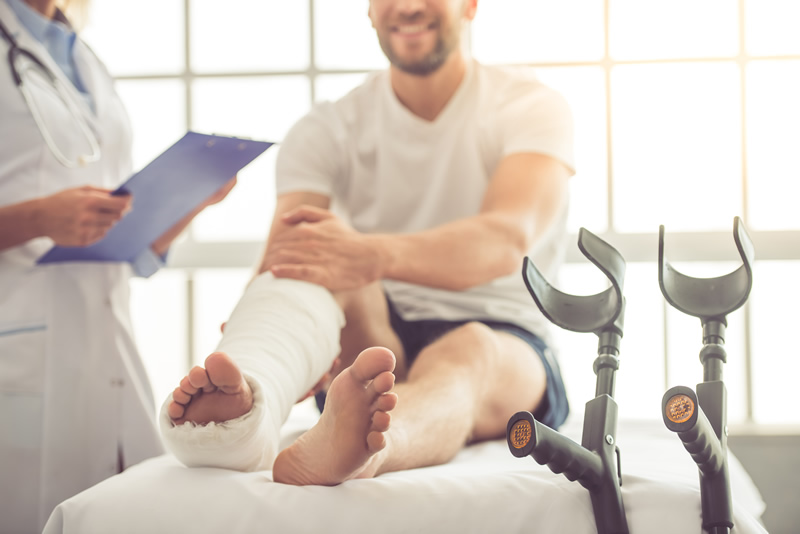
GP Services
All Specialists
All Specialists
You can call us on
+(357) 24209777
+(357) 24209777

A broken leg (leg fracture) is a break or crack in one of the bones in your leg. Common causes include falls, motor vehicle accidents and sports injuries.
Treatment of a broken leg depends on the location and severity of the injury. A severely broken leg may require surgery to implant devices into the broken bone to maintain proper alignment during healing. Other injuries may be treated with a cast or splint. In all cases, prompt diagnosis and treatment of a broken leg is critical to complete healing.
A broken thighbone (femur) — the strongest bone in your body — usually is obvious because it takes so much force to break. But fractures of your shinbone (tibia) — the major weight-bearing bone in your lower leg — and the bone that runs alongside your tibia below your knee (fibula) may be more subtle.
Signs and symptoms of a broken leg may include:
Signs and symptoms common in children include:
Toddlers or young children who break a leg may simply stop walking, even if they can't explain why. Unexplained crying may be a symptom of a toddler who has a fracture.
A broken hand is a break or crack in one or more of the bones of your hand. This injury can be caused by direct blows or falls. Motor vehicle crashes can cause hand bones to break, sometimes into many pieces, and often require surgical repair.
You may be at higher risk of a broken hand if you participate in contact sports like football or hockey, or if you have a condition in which bones become thinner and more fragile (osteoporosis).
It's important to treat a broken hand as soon as possible. Otherwise, the bones might not heal in proper alignment, which might affect your ability to do everyday activities, such as writing or buttoning a shirt. Early treatment will also help minimize pain and stiffness.
Symptoms
A broken hand might cause these signs and symptoms: